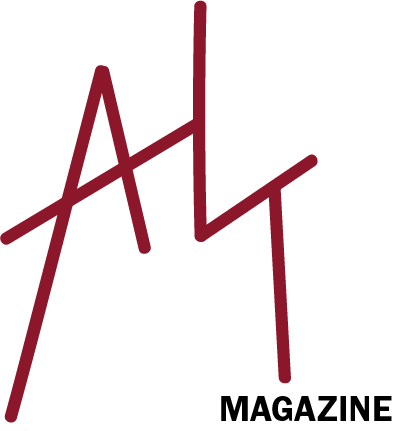By Sophia Rahman
As homecoming week approached the UW-Madison campus, the Homecoming Committee released its promotional video. The video, featuring students enjoying various activities throughout the UW campus, quickly sparked controversy. What may have seemed like an innocent, motivational Homecoming promotion was instead recognized for underlying factors of racism.
The video, titled “Home Is Where We Are,” is centered on students finding a home on campus. However, there are barely — if any — students of color featured. This absence of racial representation was cause for great concern among UW students, alumni, and community members. The video plays a montage of clips demonstrating examples of what the UW campus means to white students, ignoring what it means to the rest of the student body. In an outrage, students took to social media to shine light on what they believed the video truly represented using the hashtag: #HomeIsWhereWIAren’t.
The Homecoming Committee invited various student groups and organizations throughout campus to partake in the video. This included Alpha Kappa Alpha, the first and largest black sorority on campus. To their disappointment, their clips were not used. An anonymous member of Alpha Kappa Alpha states in a Twitter post, “As if being on a campus where you are unwanted and have to fight every day... isn’t bad enough, @UWMadison is back... again reminding us that we don’t belong here, and that there is no room for Black students here.” The feeling of being an outcast is common amongst students of color at UW-Madison, and the anonymous source’s tweet helped express those emotions.
Several students noted that the video may have not been intentionally malicious. However, by approving the video and failing to recognize the absence of students of color, the administration sent a clear message to the UW student body: racial diversity and inclusiveness is not a priority to the administration. Combined with the university’s history of racism, students of color are left feeling unsure about their place at UW Madison. According to one student, “it echoed underlying components of white supremacy on campus, and to many students, the emotions felt towards the video go further than the video.” The issue doesn’t go so far as the video, though; the Homecoming Committee itself lacks students of color. That said, the problem occurs due to the lack of support and inclusion from the university. The video only emphasizes this fact.
Wisconsin Alumni, Janiece Piolet additionally pointed out the issues with the video in a viral Facebook post. Piolet raised concern that the trouble with the video was the narrow focus on the white population and simultaneous preaching of diversity. She notes that students of marginalized backgrounds have and are, “violently made invisible for the palatability of the white gaze.” She also quoted the video which stated, “‘We have broken barriers, made changes, and can say home is, forever and always, where we are.” She then critiqued the message pointing out that the video chose to show images of football — calling it irrelevant — when the committee could have addressed Wisconsin’s Native American history. She also detailed her experience of racism on campus and how she never felt at home. She explained how the video highlighted her experience for current students of color. Her words resonated with students all over campus, sparking conversations on how the racist undertones of the video can be seen on campus.
The Homecoming Committee has since removed the video from all social media platforms and released an apology regarding the criticisms. In it, they stated, “not all the video images produced were included in the final product, including those of students from underrepresented populations” and that “[they] are sorry that [their] video failed to show the full breadth of the university experience and made members of [the] community feel excluded.” However, many students felt that the apology was surface-level. This included student Katie Chong, who said, “the apology was shallow and the fact that the video even exists just shows that the video was only approved by white students and white administration.” Many students had issues with how the Homecoming Committee addressed their concerns. Moreover, the committee failed to provide solutions for being inclusive of students of color on campus. In addition to the Homecoming Committee’s apology, Vice Chancellor Lori Reeser, along with the UW-Madison Alumni Association, released a separate statement addressing the homecoming video. In it, she detailed a few steps to improve the diversity on campus.
Though the events of the homecoming video have died down, the Homecoming Committee’s assistance with the Hmong American Student Association (HASA) sparked new controversy. In the details of the Homecoming Committee’s event page, the speaker for the Hmong American Student Association’s event, Kashoua Kristy Yang, was written as Keshou “Kristy” Yang. Her first name was spelled wrong and quotations were used around her middle name to signify it as an American name, both of which were disrespectful. Furthermore, the committee failed to spell Hmong right, spelling it as “Hmoung” instead. This was also seen as thoughtless and insulting, especially after the events that occurred from the homecoming video. At the moment, the Homecoming Committee has corrected the details but have yet to apologize to the Hmong American Student Association and their speaker. According to Katie Chong, “I just feel [the Homecoming Committee] isn’t even putting in an effort. They invited a speaker and they can’t spell her ethnicity right, let alone her name. Racial diversity on this campus is always just for show.”
